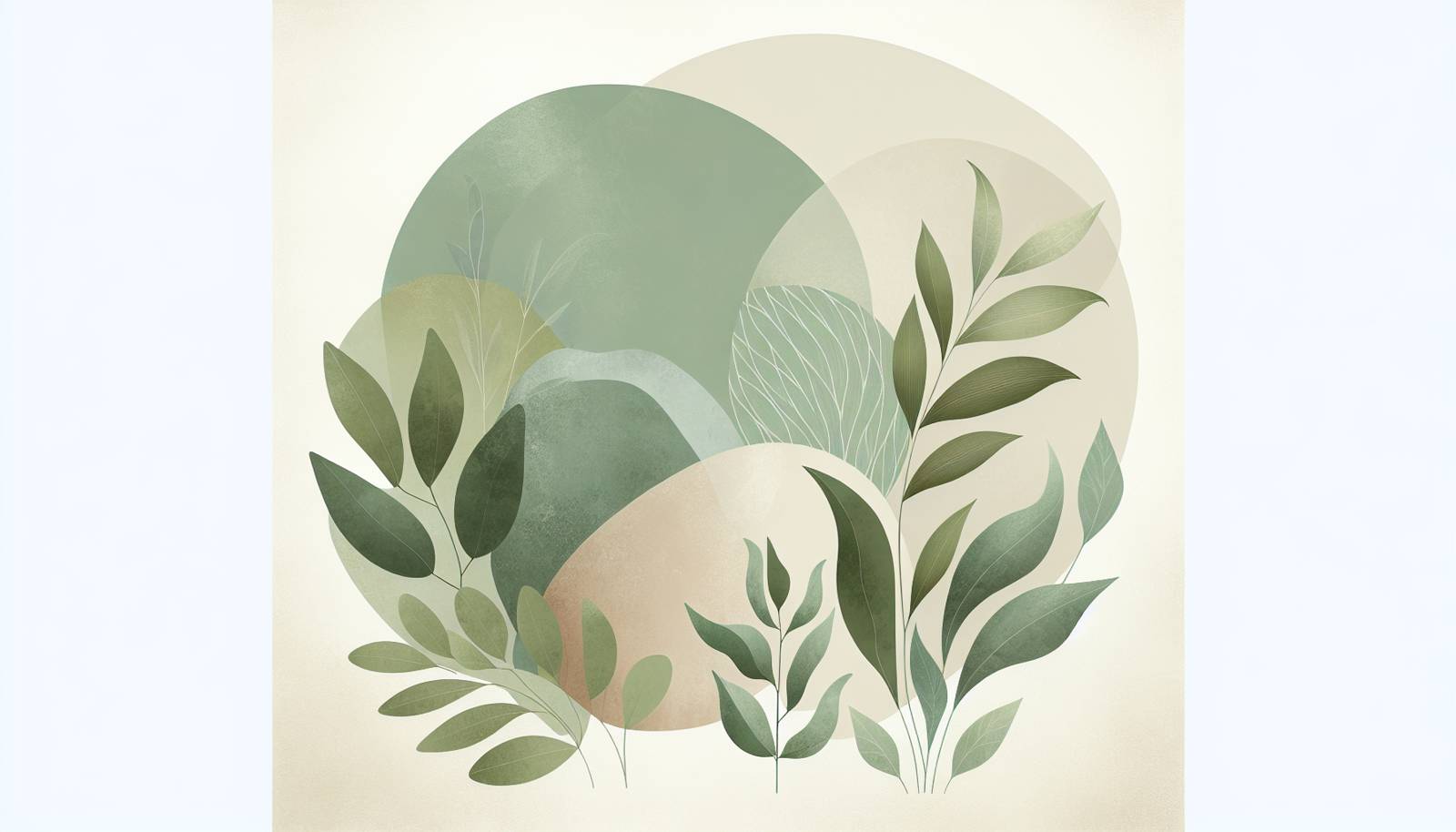
FAQ About Indoor Plant Stress Indicators and Solutions

What are some common signs of stress in indoor plants?
Common signs of stress in indoor plants include wilting, yellowing leaves, browning leaf edges, leaf drop, stunted growth, and discoloration. Each of these symptoms can indicate different underlying issues such as overwatering, underwatering, poor light conditions, or pest infestations. Identifying these signs early can help address the cause and improve the plant's health.

How can overwatering affect indoor plants?
Overwatering indoor plants can lead to a range of issues, including root rot, which occurs when the roots are submerged in too much water and begin to decay. This can result in yellowing leaves and wilting. To prevent overwatering, only water your plants when the top inch of the soil is dry, and ensure the pot has proper drainage to let excess water escape.

What solutions can help a plant recover from underwatering?
If a plant is suffering from underwatering, the first step is to thoroughly water it until water drains from the bottom of the pot. Ensure the soil is moist but not waterlogged. Adjust your watering schedule to provide consistent moisture based on the plant's specific needs and environmental conditions, such as temperature and humidity.

Why are my indoor plant's leaves turning yellow?
Yellow leaves on indoor plants can indicate overwatering, nutrient deficiencies, or insufficient light. Check the soil moisture first; if the soil is saturated, cut back on watering. If lighting and watering are adequate, consider fertilizing the plant with a balanced fertilizer to address possible nutrient deficiencies.

What should I do if my plant's leaves have brown tips?
Brown tips on leaves can be caused by low humidity, excessive fertilizer, or watering issues. Increase humidity around the plant by misting regularly or using a humidifier. If fertilizer build-up is suspected, flush the soil with water to remove excess salts. Adjust your watering schedule to ensure the plant is neither under- nor overwatered.

How do I know if my indoor plant is getting enough light?
Signs that an indoor plant is not getting enough light include leggy growth (stretched stems), dull leaf color, and slow growth. If these symptoms appear, move the plant closer to a light source or consider using supplemental grow lights. Each plant species has different light requirements, so ensure you provide the appropriate light intensity for your specific plant.

What are some common pests that affect indoor plants, and how can I treat them?
Common pests affecting indoor plants include spider mites, aphids, mealybugs, and fungus gnats. To treat infestations, regularly inspect your plants and clean leaves with a damp cloth. Use insecticidal soap or neem oil to manage severe infestations, and ensure good air circulation around your plants to prevent future pest problems.

How does temperature affect indoor plant health?
Indoor plant health can be sensitive to temperature fluctuations. Most houseplants prefer temperatures between 65-75°F (18-24°C). Exposure to drafts, excessive heat, or sudden changes in temperature can cause stress signals such as wilting or leaf drop. Maintaining consistent temperatures and protecting plants from direct airflow can help reduce stress.

Is it okay to move indoor plants around or should they stay in one place?
While indoor plants can be moved as needed, frequent relocation can stress them. Plants acclimate to a specific environment, and changes can disrupt their growth. If possible, find a suitable permanent spot for each plant that meets its light and temperature needs. If moving is necessary, do so gradually to help the plant adjust.

How can I increase humidity for my indoor plants?
Increase humidity around indoor plants by grouping them together, which creates a microenvironment with higher humidity. You can also place a tray of water near the plants, use a humidifier, or mist them with water. Some plants, like ferns and orchids, particularly benefit from higher humidity levels.

What should I do if my plant is outgrowing its pot?
If your plant is outgrowing its pot, you may notice roots appearing at the surface or through drainage holes. To solve this, repot the plant into a container one size larger using fresh potting soil. This encourages new root growth and ensures your plant has enough space to continue thriving.

Can stress from lighting changes affect my indoor plants?
Yes, changes in lighting can stress indoor plants, causing leaf drop or color changes. Sudden exposure to stronger light can scorch leaves, while reduced light can lead to diminished growth and vibrancy. Transition plants gradually to new light conditions to minimize stress and damage.

What is root bound, and how can I address it in my indoor plants?
A plant becomes root bound when its roots outgrow the pot, circling tightly inside the container. This limits nutrient and water uptake, stunting growth. To address this, gently remove the plant from its pot and tease apart dense root balls before repotting into a larger container with fresh soil.

How often should I fertilize my indoor plants?
The frequency of fertilizing indoor plants depends on their species and growing conditions. Generally, most houseplants benefit from feeding every 4-6 weeks during the growing season (spring and summer). Use a balanced liquid fertilizer and adjust based on your specific plant's needs and any signs of deficiency or over-fertilization.

What can I do if my indoor plant isn't growing as expected?
If your indoor plant isn’t growing as expected, ensure it receives adequate light, water, and nutrients. Check for signs of pests or disease that could be hindering growth. Additionally, verify that the plant isn’t root bound and that environmental conditions are stable and favorable for growth.

How do I treat a plant that has been over-fertilized?
Over-fertilization can lead to salt build-up in the soil, causing leaf burn and stunted growth. To treat this, flush the soil with plenty of water to leach out excess salts, and hold back on feeding. Remove any damaged leaves and adjust your fertilization strategy to apply at lower rates or less frequently.

Can stress impact the flowering of indoor plants?
Yes, stress can significantly impact the flowering of indoor plants. Factors like inadequate light, improper watering, or temperature fluctuations can delay blooming or reduce flower quality. Providing optimal conditions and managing stressors can enhance flowering potential for indoor plants.

How important is proper drainage for indoor potted plants?
Proper drainage is crucial for indoor plants as it prevents waterlogging, which can lead to root rot and other issues. Ensure pots have drainage holes and use a well-draining soil mix to help excess water escape. This helps maintain the right moisture balance for healthy plant growth.

What are the effects of low humidity on indoor plants?
Low humidity can cause several issues in indoor plants, such as dry, crispy leaves, brown tips, and diminished growth. Some species, particularly those native to tropical environments, may suffer more. Increasing ambient humidity through misting, humidifiers, or pebble trays can alleviate these problems.

Can pruning help a stressed indoor plant recover?
Pruning can help a stressed indoor plant by removing dead or diseased parts, which allows the plant to conserve energy and encourage new growth. Regular pruning also enhances airflow and reduces the likelihood of pest infestations. Use clean, sharp tools to make precise cuts, improving plant recovery and health.
